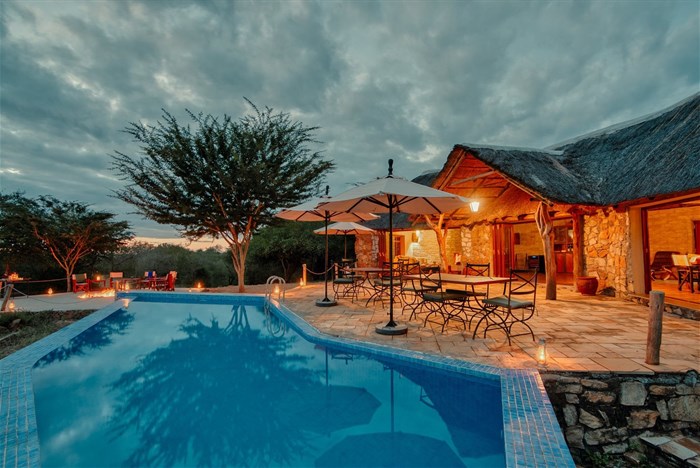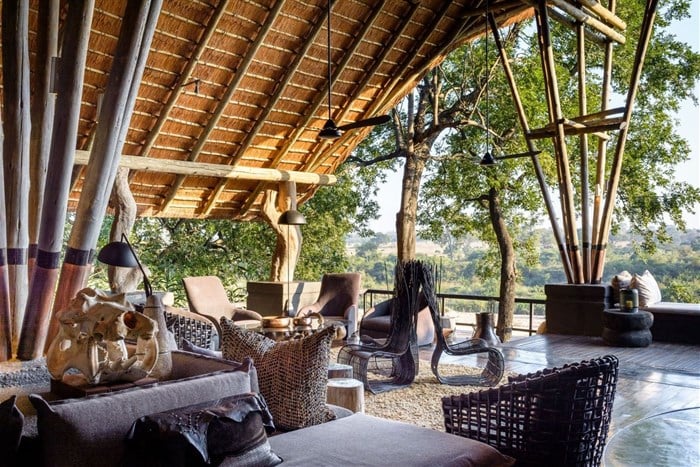Despite a challenging two years, global wealth has registered growth, resulting in a 10% increase in High-Net-Worth (HNW) individuals worth over $30 million and, along with it, a spike in the demand for luxury real estate.

Image: Supplied
“Initially, the pandemic stalled investment spending by these individuals, but since the easing of restrictions and the reopening of the property market, the uber-rich have been very keen on investing in the property market,” says Grahame Diedericks, international liaison for Lew Geffen Sotheby’s International Realty and manager principal of the Midrand office.
“During times of economic uncertainty, many investors are drawn to the historic stability of residential property and this is especially true of the more resilient luxury market which tends to operate independently of general market trends, offering solid returns well above the current interest rate.”
The 2022 Douglas Elliman and Knight Frank Wealth Report reveals that a large share of private capital is being put into property, with private investors increasing real estate investments by 52% in 2021.
And according to Knight Frank’s Prime International Residential Index (PIRI 100), the average value of luxury residential property increased by 8.4% last year, which represents the highest annual increase since this index started tracking in 2008.

Image: Supplied
Diedericks says that although there is nothing new about property being the go-to investment in tough economic times, this time round there are a number of notable shifts in buying trends amongst luxury investors which can largely be attributed to the pandemic:
- More space, new locations
With work-from-home and home-based learning having become the default for at least a year in most countries, the appeal of properties like city penthouses has diminished whilst the demand for larger houses with outdoor living space has increased exponentially.
But what is equally significant is that many of these investors are not merely moving out of the city and into the countryside or to nearby coastal areas, they are moving states, counties and, often, even countries.
- Co-primary living
Second – or even third or fourth – homes are common investments among the uber-wealthy who have traditionally used these properties as vacation homes.
However, what we’ve increasingly been seeing since 2020, is the use of secondary homes for longer periods. Since flexible and remote working became the new norm, wealthy homeowners have been looked to decamp for several weeks or even months at a time to claw back lost family time or to work remotely in a more agreeable setting.
People are not only wanting to get out of big cities but also back to nature to living in comfort and enjoy a more wholesome and tranquil lifestyle so are acquiring properties that fulfil this need.
- Sustainability and eco-awareness
One of the few silver linings of the pandemic has been an increased awareness of the importance of sustainable living and this has been evidenced in recent buyer preferences, especially at the top end of the market where money is no object.
Additionally, with energy costs rising and supply even threatened in some areas, it makes sense to have energy-saving and generating systems and features like smart cooling technology in the home.
Developers world-wide are now rising to the challenge to provide sustainable luxury homes in beautiful locations for the uber-wealthy, whether it be a primary or co-primary residence.
“We are also witnessing an increase in demand for homes that are not merely away from the hustle and bustle, but act as authentic retreats; remote properties where one can truly get away from it all,” says Diedericks.
“Although the luxury sector does march to its own drum,” concludes Diedericks, “the truth of the matter is that when the luxury market is booming, it inevitably trickles down to the other sectors and aids the overall real estate recovery cycle.”







































